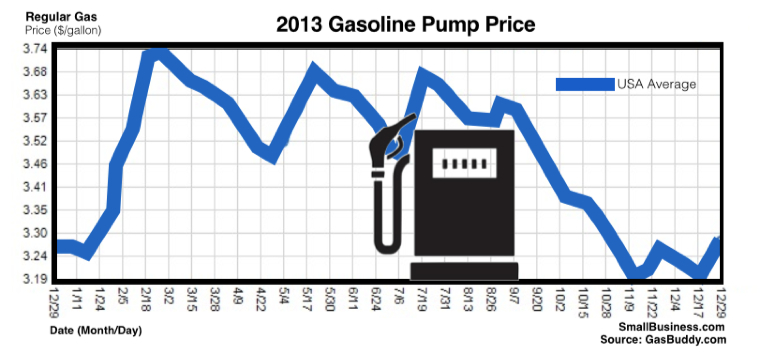You can visit any business news site and get the same old safe and, well, predictable predictions. They follow this pattern: People will do whatever they are doing now, just a little more. Who cares, right? Unfortunately, that’s the way the future happens: incrementally, small steps, changes on the edge. Boring stuff.
However, such boring, linear thinking (that’s usually and predictably correct) causes people to miss things that are right before their eyes and extremely obvious. Why? Most people just don’t connect the dots between one trend and another.
In this list, I’ve tried to err on the side of “not boring” and, without going too far out on any limb, be a bit more bold than conventional approaches. Come back next December and we’ll see how I did.
1. The economy will expand at a pace far more robust than the “consensus economists” predict.
(Click image to enlarge.)
After several years of post-recession tepid growth far below historical patterns, the boys-on-the bus economists are now so shell-shocked, they don’t know how to predict anything higher than a 3 percent growth in GDP, which is yet again their 2014 prediction. You want not-boring? I predict a 4.5% GDP growth for the year. Why? (1) I believe gasoline pump prices will trend downwards (see chart above), serving as the equivalent to a tax cut for consumers. (2) I believe there is pent up demand for business- and manufacturing-related technology and equipment. (3) I believe there is pent up demand for construction and related industries, causing them to expand faster than anticipated–and create more jobs than predicted. (4) I believe the Fed’s ratcheting down of “quantitative easing” will slow down stock market speculators and day traders, but have little impact on the general economy.
2. Online ecommerce giants and small Main Street retailers squeeze a common enemy.
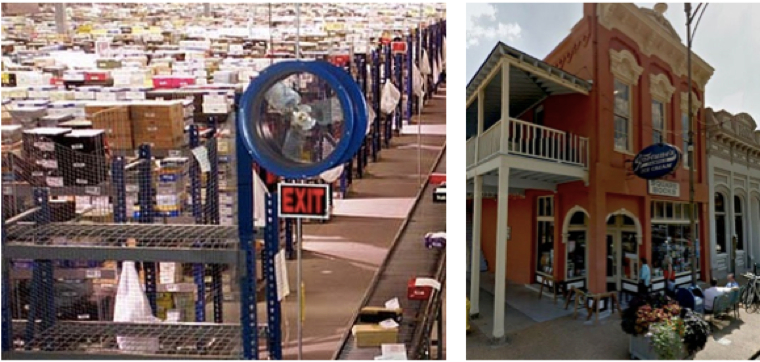
(Left: Zappos fulfillment center, Kentucky: MediaWiki Commons; Right: Square Books, Oxford, Miss., Google Maps Street View.)
In September, I wrote about a counter-intuitive development that I think is being repeated in other business niches: The number of small, independent bookstores is growing. That’s right, according to Fortune magazine and others, local bookstores have been growing steadily in number since 2005, after a steep decline the decade before. One theory why (and it’s one I share): Amazon has hammered the big box (and over leveraged) “bricks and mortar” bookstore chains like Borders and Barnes & Noble. With less competition from physical bookstores, local book sellers have the ability to gain publisher support (they hate the power Amazon has to set the prices they once could control). In other market niches, there are certain natural “shop local” strengths that give other types of indie stores an edge: knowing their community, willingness to pop-up sales locations at events, etc. Other big box retailers ranging from apparel to office supplies are beginning to feel the same sting from Amazon (and its subsidiary, Zappos) and other online giants. Niche focused small retailers will begin to find ways to benefit from Amazon’s heft. Ironic, yes. But watch this space.
3. Shopping local gathers steam in niches beyond food.

(Image: Twig Terrariums via facebook)
It didn’t take the “local food” (locavore or localvore) movement long to go from an exotic concept to becoming a mainstream fixture on thousands of menus in restaurants, coast-to-coast. Next up: Everything else, local. Products made locally, brands that sell exclusively through independent stores, or small shops that understand and serve the unique needs and special tastes of a local market. Localvore becomes localshop in 2014. (Note: My prediction does not extend to some of the political theories under the banner of “localism,” however, I do agree with the phrase made famous by former House Speaker Tip O’Neill, “All politics is local.” All small business is local, also.)
4. Smartphone and tablet usage of web-based browser and native apps surpasses that via a computer browser.
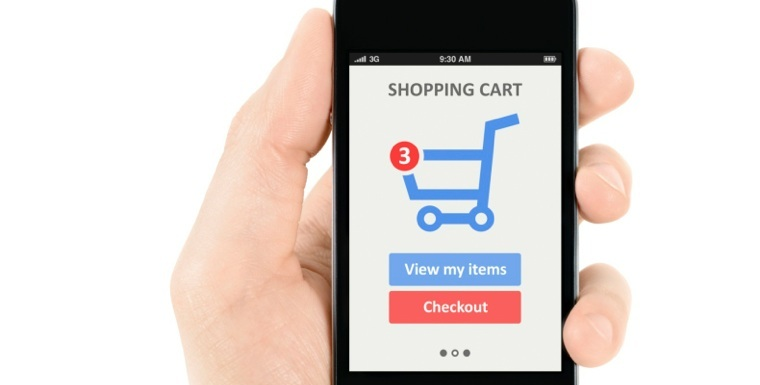
(Photo: Thinkstock)
Okay, this is an obvious, linear thinking prediction, just a little “fast-forward.” During Q4 2013, some of the largest online retailers reported 30% of their transactions originated with their customers’ mobile devices. That’s a trajectory from the previous year that makes it fairly easy to predict the rest of us will be hitting 50 percent soon. What this means to you: Is your company’s website friendly to those accessing it via an iPhone? If not, how are those 50 percent of customers not at their desktop seeing your company? If not on your site, they are probably turning to Yelp or Google Places, etc. You probably don’t need a dedicated “app,” but make your site “responsive” to the device being used to view your website (like SmallBusiness.com, for example).
5. Tablet usage grows as single-use business tools explode.
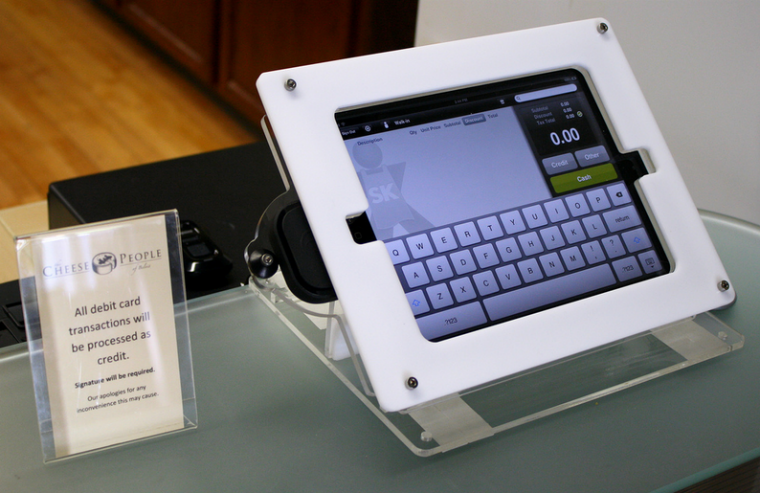
(Photo: On Flickr via OldOnliner)
Another tablet phenomenon is happening with little fanfare, but you can see it everywhere. From replacing check-out registers to serving as interactive restaurant menus and point-of-sales media, low-cost tablets are becoming single-function tools that are helping drive sales and add operational efficiency.
6. Monitors everywhere.

(Photo: Thinkstock.com)
Have you priced a 40″ HDTV flat screen TV recently? Then you know that flat screen devices are available for less than $500. Add in a device like an Apple TV or Google Chromecast and, in the same way tablets are becoming ubiquitous hand-held sales and presentation tools, monitors are replacing a wide range of place-based marketing materials, as well as directional and brand-oriented signage.
7. Animated GIFs become more than play.
(via: vine.co)
Web content creators and users are learning two things: (1) Short videos often communicate as much as paragraphs of text. (2) Videos hosted on YouTube can be overkill — a five second set of how-to directions can be preceded by a 30 second commercial. Solution: Short text with animated GIFs can say a lot with time to spare. Recommendation: Set up a Vine account now and play with it. In a few months, you’ll discover how it can be used as a sales tool.
8. Local small business advertising dollars flow to Twitter, FourSquare, and, as always, Google.
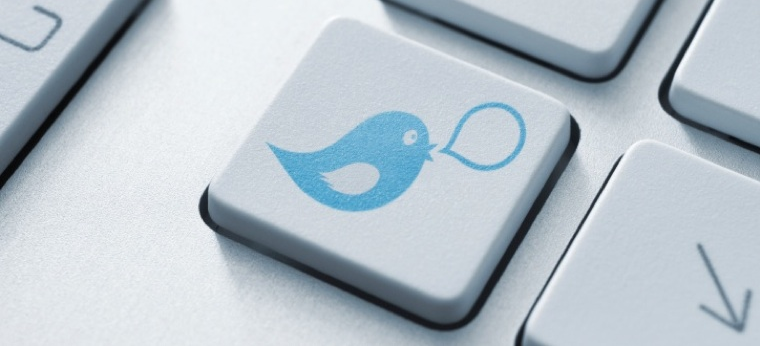
(Photo: Thinkstock)
This prediction is not about social media. It’s about the use of location-aware mobile media. What is happening near me? Where can I find a product close by? My favorite local neighborhood hardware store just texted me about a special they are offering between 4 and 6 p.m. today only. Is there some place nearby where several of my friends may be? Those are the types of questions people now want their mobile devices to tell them. And these are the types of questions small retailers and restaurants want to spend their advertising dollars answering. Twitter, Foursquare and Google (especially, Google Maps) are made-for-mobile solutions to customers and sellers, alike. Why am I not including Facebook? Their “pay to play” approach to making small businesses use paid-promotional messages to reach their own customers is a non-starter for the type of local advertising that works for small businesses.
9. The Affordable Care Act gains popularity among a large segment of the smallest of small businesses.
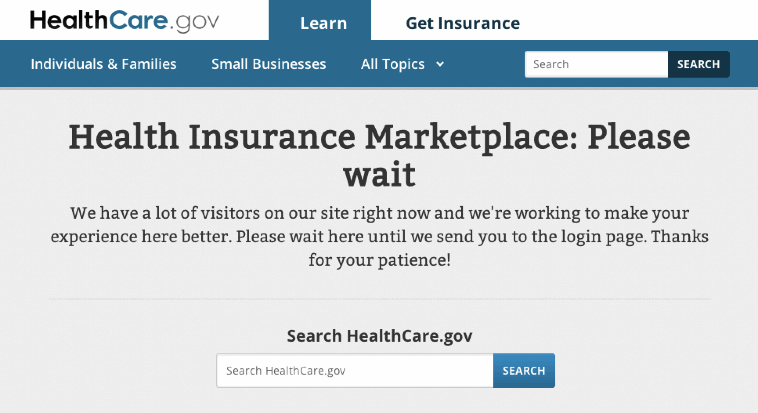
This is a non-partisan prediction. If you love Obamacare, or hate Obamacare, this prediction doesn’t care. With the bungled launch of the Healthcare.gov online insurance market and the non-stop accusations slinging back and forth between the political parties, it’s been hard for small busines owners to separate fact from vitriol. But here’s one fact: millions of “nonemployee businesses” (a census bureau segment that are independent free lancers, developers, consultants, authors, artisans, etc., who, collectively, account for 4% of all U.S. sales and receipts, but represent the largest number business entities) are now able to obtain healthcare insurance at a competitive price, even if they have pre-existing health condition. Not having access to such insurance has held back lots of employees of lots of big companies from setting up their own shop. Here’s another fact: If a small business has less than 50 employees, the only requirement they have under the Affordable Care Act is to inform employees of the availability of private healthcare insurance sold through marketplaces administered through (depending on the option of a state) federal or state healthcare insurance marketplaces. As Mark Cuban recently told the Wall Street Journal, “As someone who owns chunks of small businesses, the one thing all those companies have in common is [that] buying and providing health care is not a core competency,” he says. “It’s expensive.” By removing the responsibility to provide coverage from these firms and giving it to the government, he says, “You’ve freed up money and time.”
10. Bitcoin may not be it, but the use of some form of virtual currency will continue to expand.

Bitcoin has shown that, in addition to the obvious underworld and nefarious uses of an anonymous, virtual currency, there are some perfectly legal and justifiable uses, as well. For example, virtual currency can help small businesses have a much-needed alternative to the current electronic payment system and the extraordinarily high-fees (2-3% of the transaction) associated with it. So, virtual currency, yes! However, at the point where the trading-value of one Bitcoin bounced from a price over $1,100 on December 1 to less than $800 on December 31, it appears to all but Bitcoin investors to be yet another speculative bubble bath for geeks and gamblers. A virtual currency won’t find a critical mass of small business merchants willing to accept it if they believe it is a game of musical chairs played with their cash flow.

